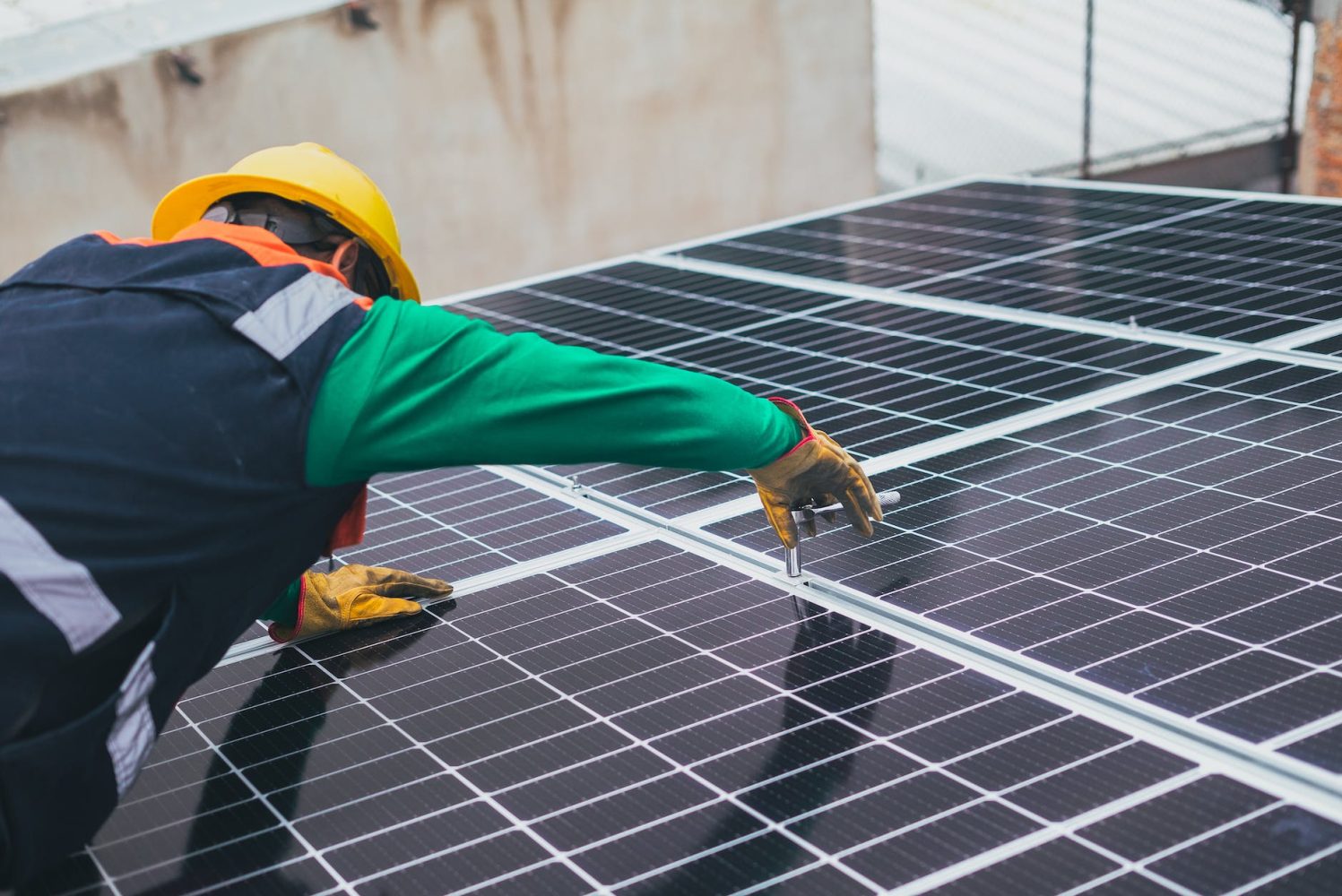
US Department of Energy-funded solar marketplace EnergySage and nonprofit accreditation body The North American Board of Certified Energy Practitioners (NABCEP) just released the results of the 2021 Solar Installer Survey, which polled more than 500 residential and commercial solar installers across 43 states, Puerto Rico, and Washington, DC. Here’s what they said.
The state of solar in 2021
Local, regional, and national solar installers were polled, and three standout insights emerged:
Supply chain snarls hurt solar sales in 2021. Three out of five solar installers reported that their businesses were hurt by supply chain problems in 2021. Shipping delays made it harder to obtain solar panels and battery storage. More than half – 57% – of installers said it was harder to purchase and obtain the solar equipment they needed in order to sell it.
There’s a shortage of trained labor, and that’s stunting industry growth. For the first time – and this is the seventh survey conducted by EnergySage and NABCEP – respondents said that a lack of trained labor was the largest barrier to growing their businesses. This proved to be more of a hindrance than both customer acquisition and equipment availability.
A 10-year investment tax credit extension would immediately create more jobs. Half of survey respondents said they would hire more people if Congress extended the Investment Tax Credit (ITC) for 10 years. Further, 70% of installers said the introduction of a direct-pay option for the ITC – an upfront cash rebate as opposed to a tax credit post-installation – would result in a growth of consumer demand for solar.
Electrek’s Take
So what can we conclude? First, that Congress most definitely needs to extend the ITC. And the industry is right about direct pay: It would boost consumer confidence in investing in solar and make it more accessible, cost-wise.
Secondly, the US Department of Commerce needs to conclude their investigation into whether Southeast Asian solar cell manufacturers are using parts made in China that would normally be subject to a tariff … like, now. Because it’s doing serious damage to the US solar industry, which simply isn’t capable of manufacturing its own components yet at scale. (You can read more about that here.)
And thirdly, it sounds like NABCEP needs to ramp up their accredited training program opportunities even more as the industry grows. People interested in working in the solar industry need to be able to find training opportunities and job opportunities quickly. A little more PR investment into promoting solar career opportunities would also probably go a long way.
UnderstandSolar is a free service that links you to top-rated solar installers in your region for personalized solar estimates. Tesla now offers price matching, so it’s important to shop for the best quotes. Click here to learn more and get your quotes. — *ad.
FTC: We use income earning auto affiliate links. More.



Comments